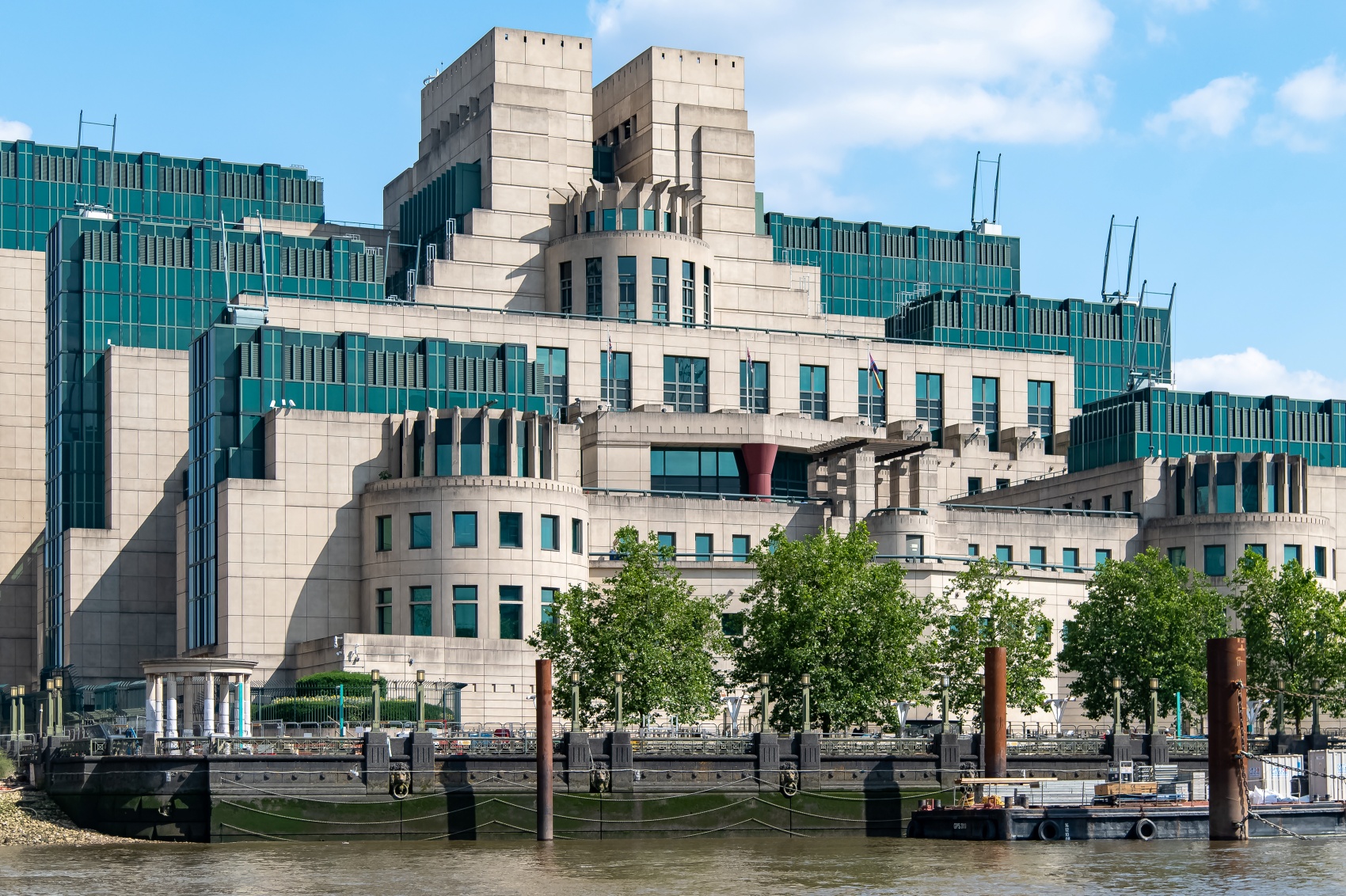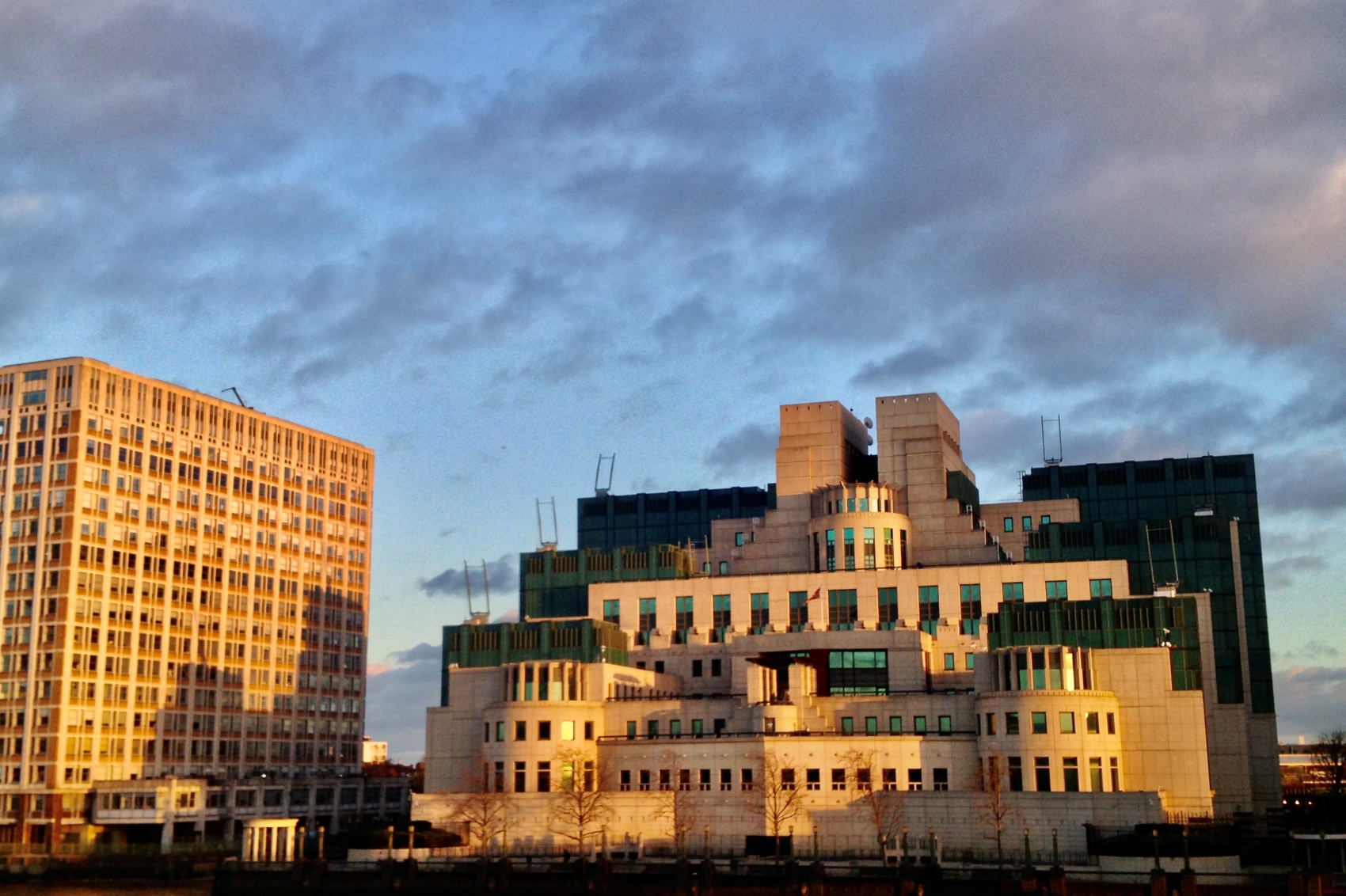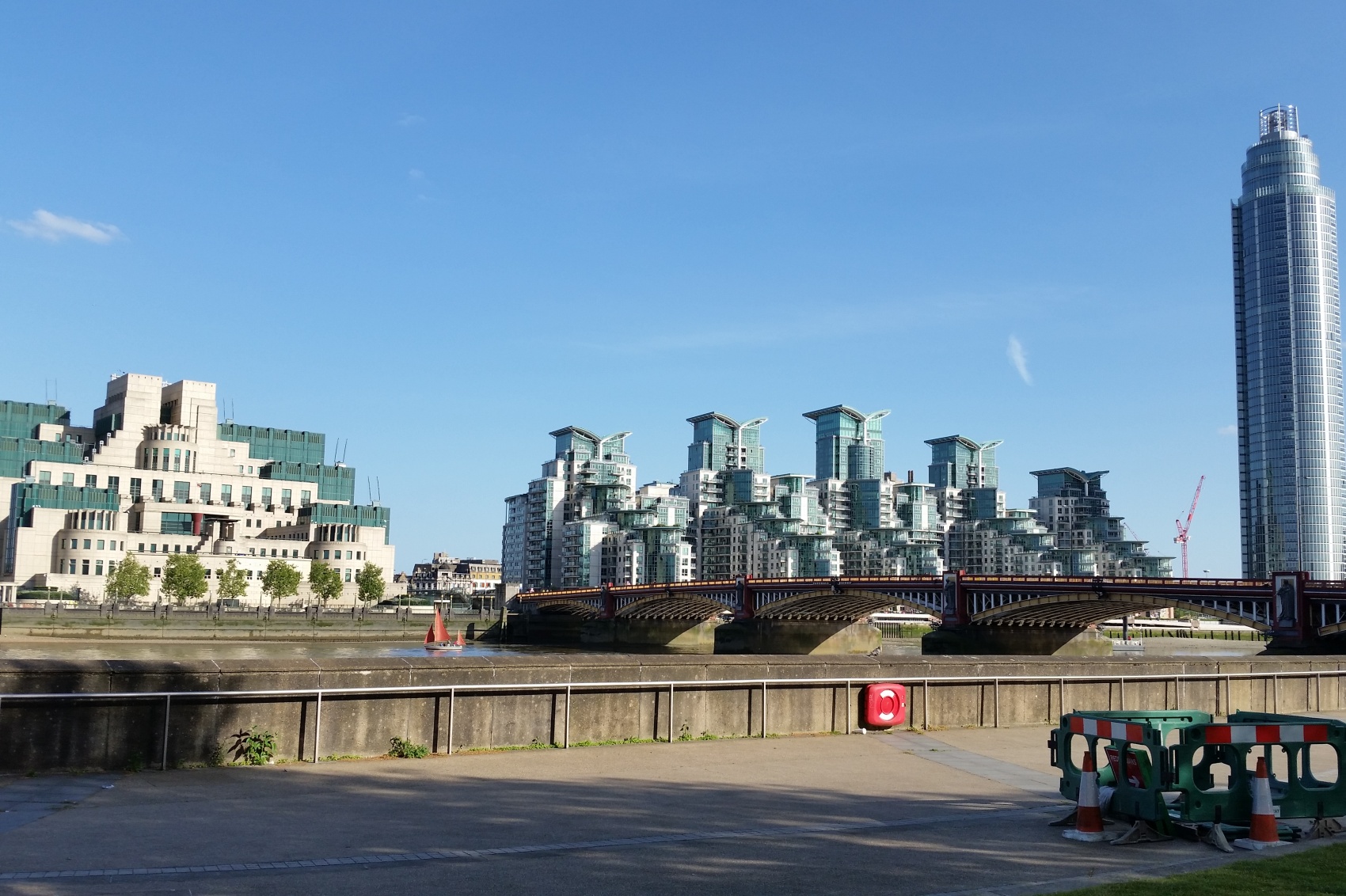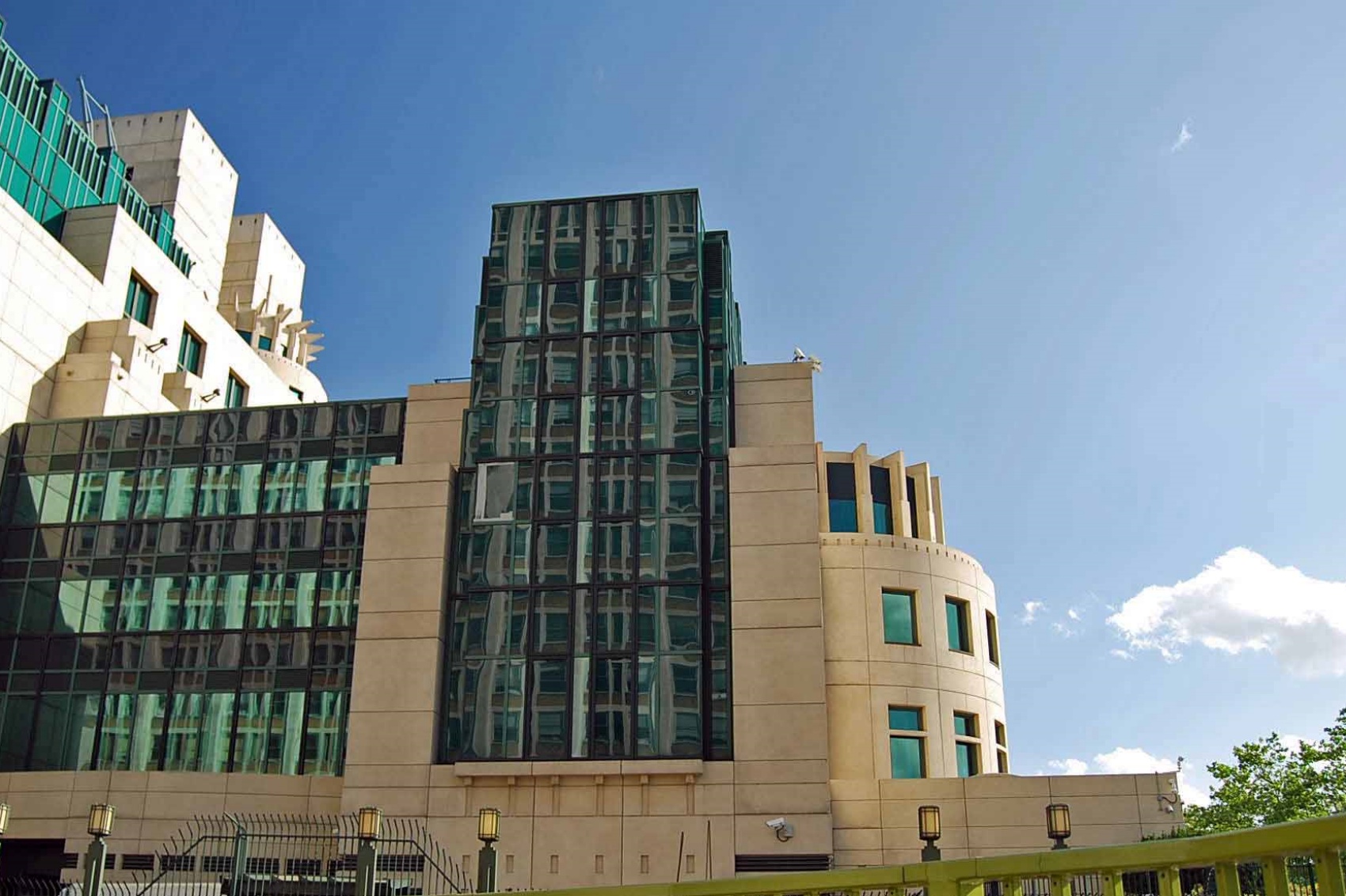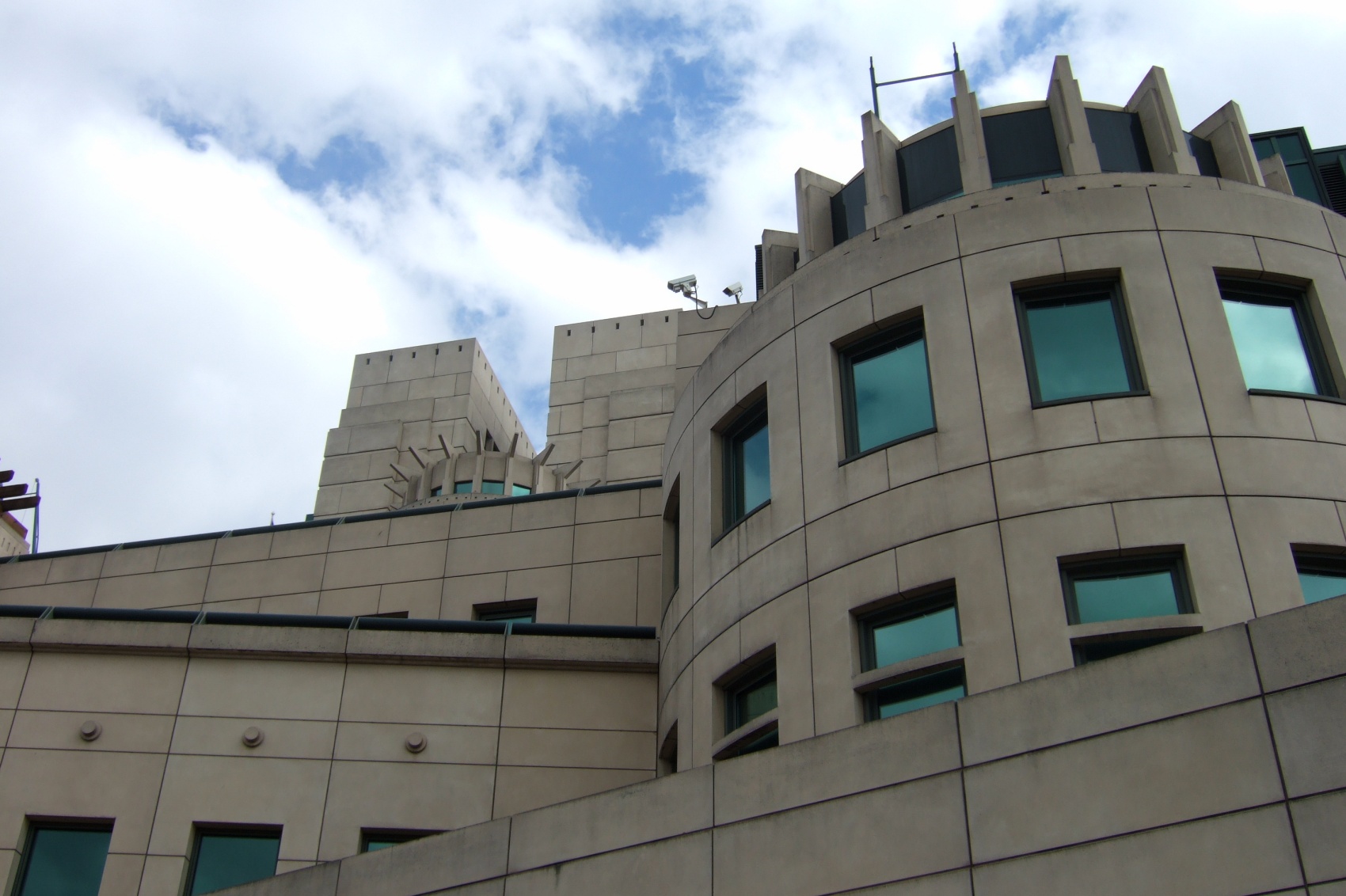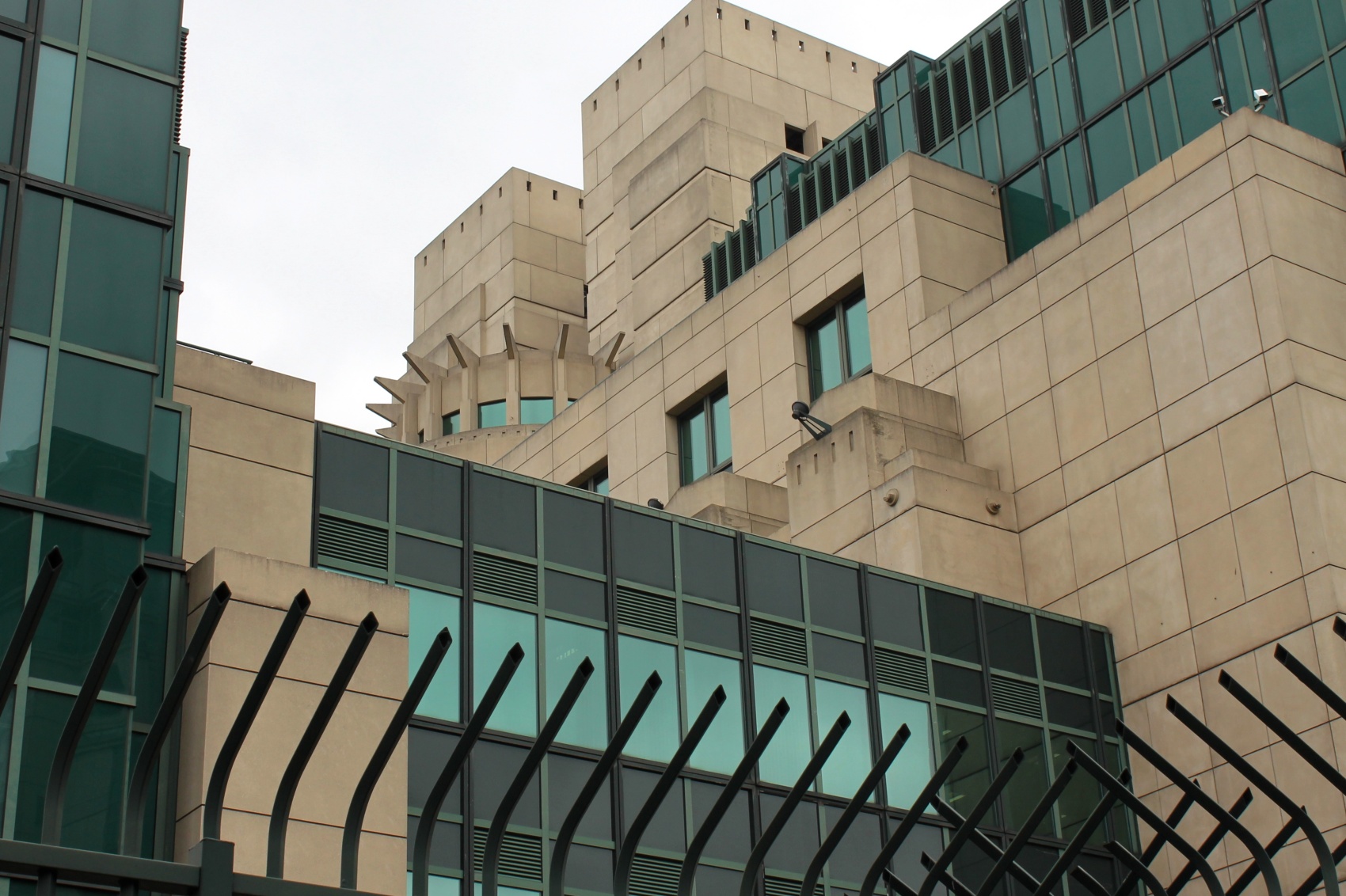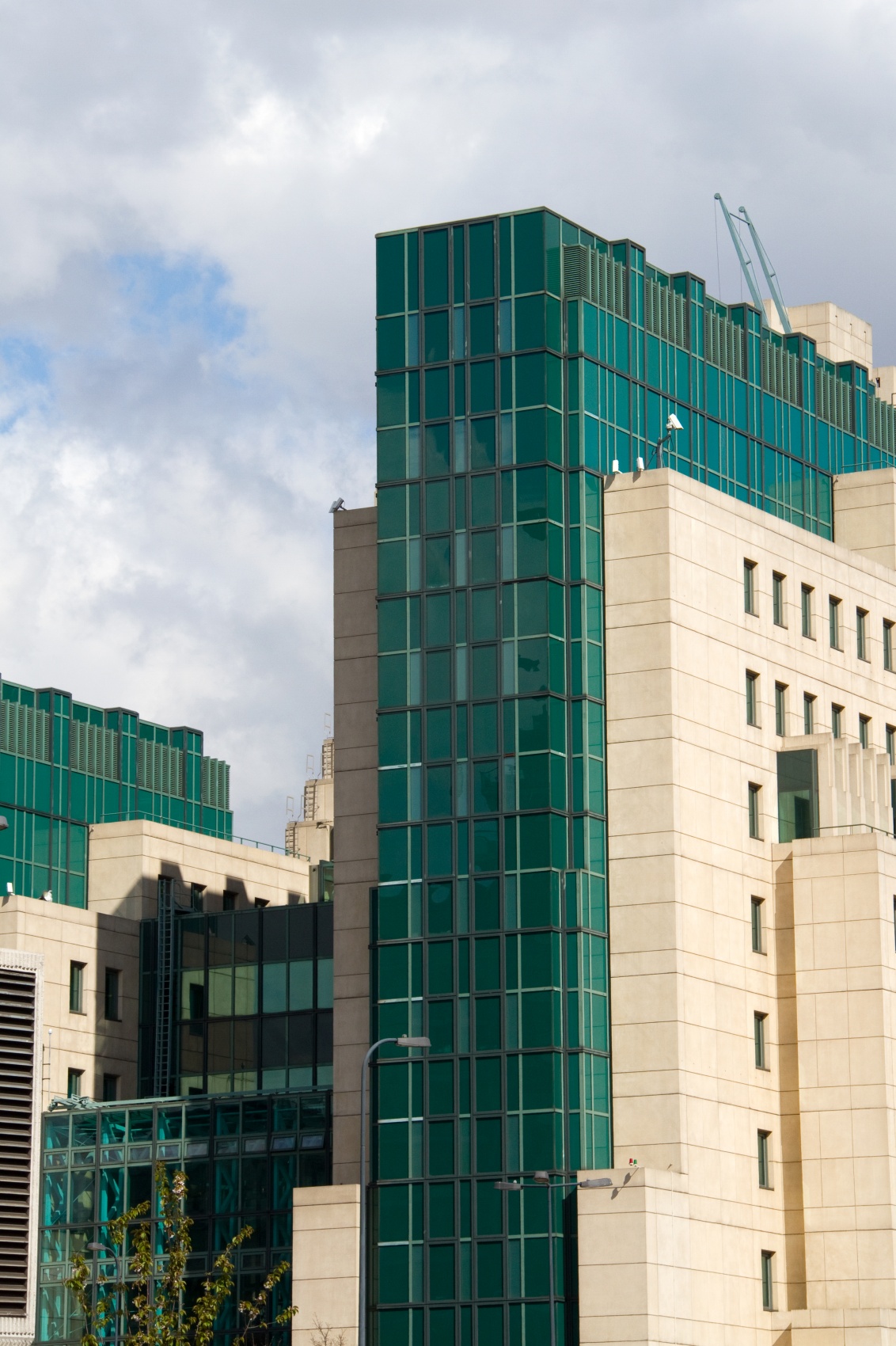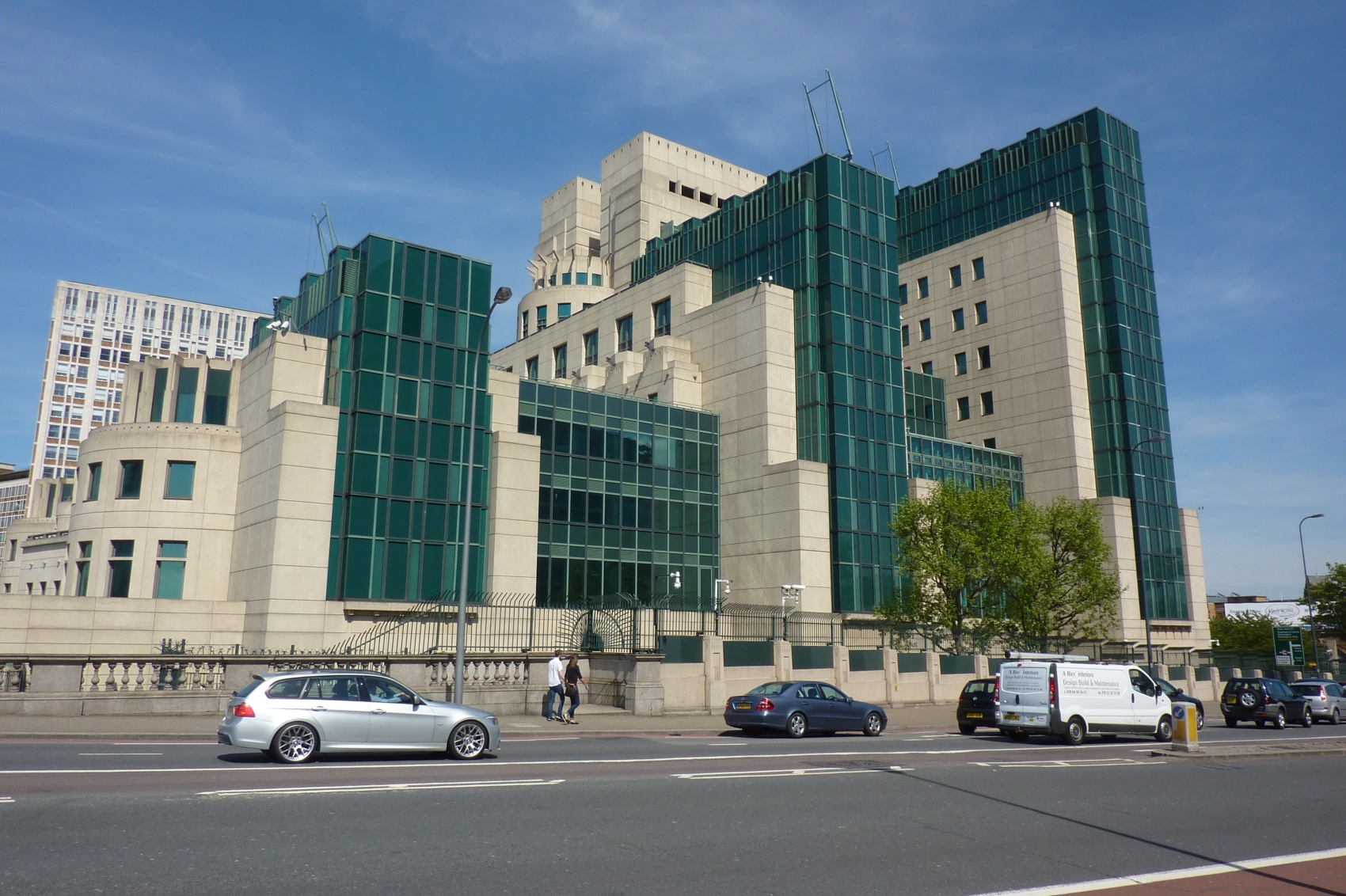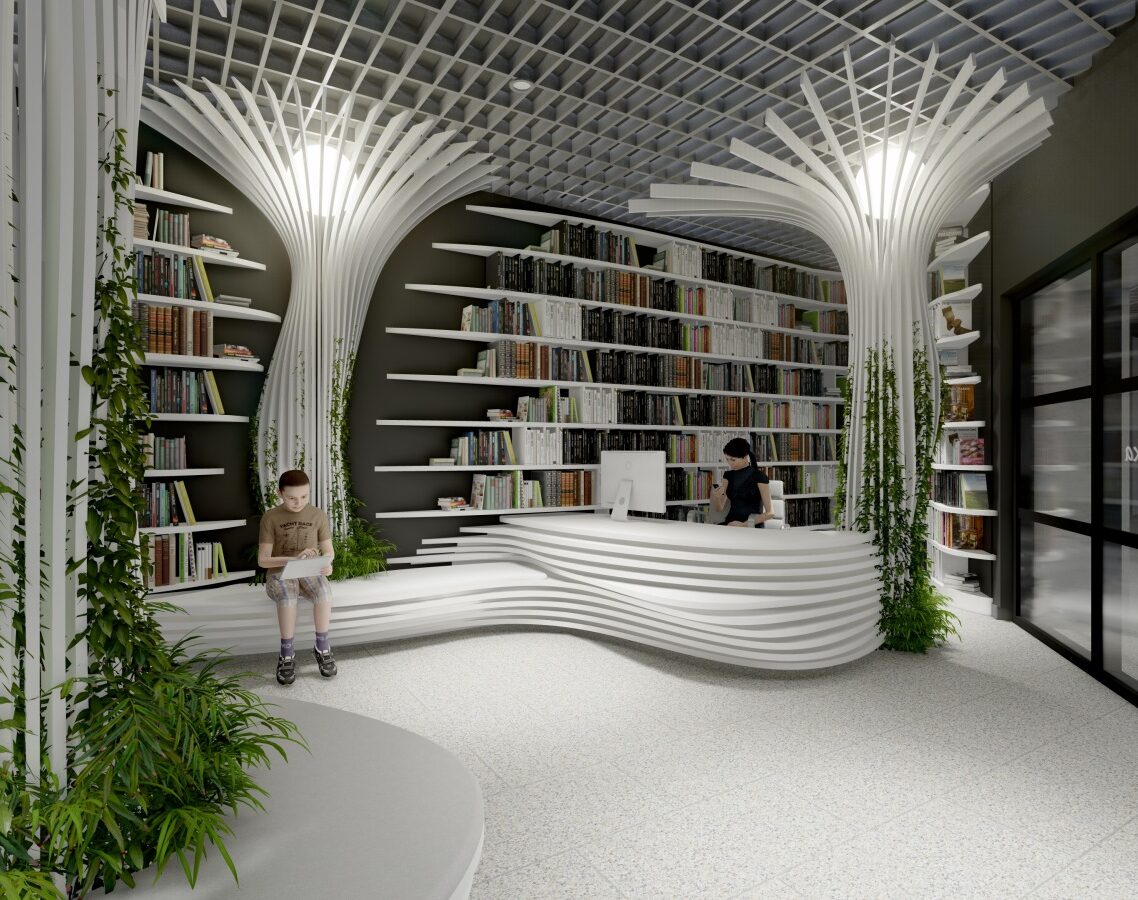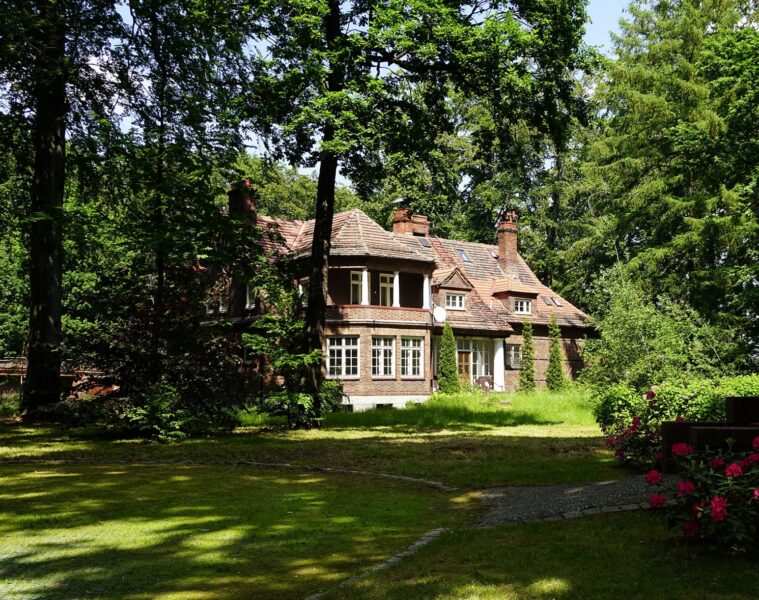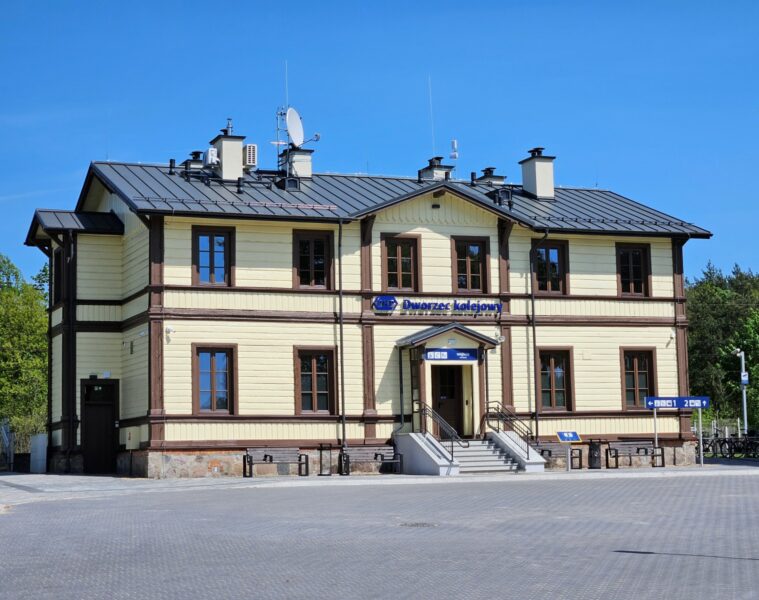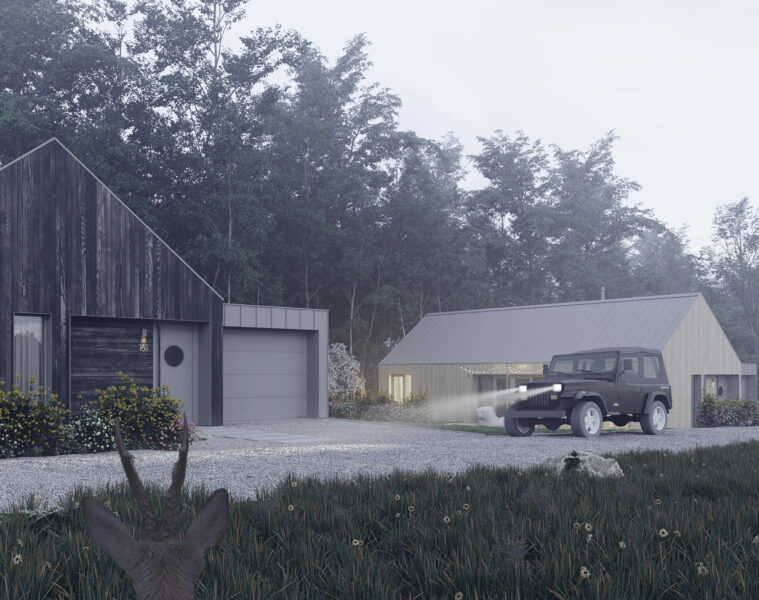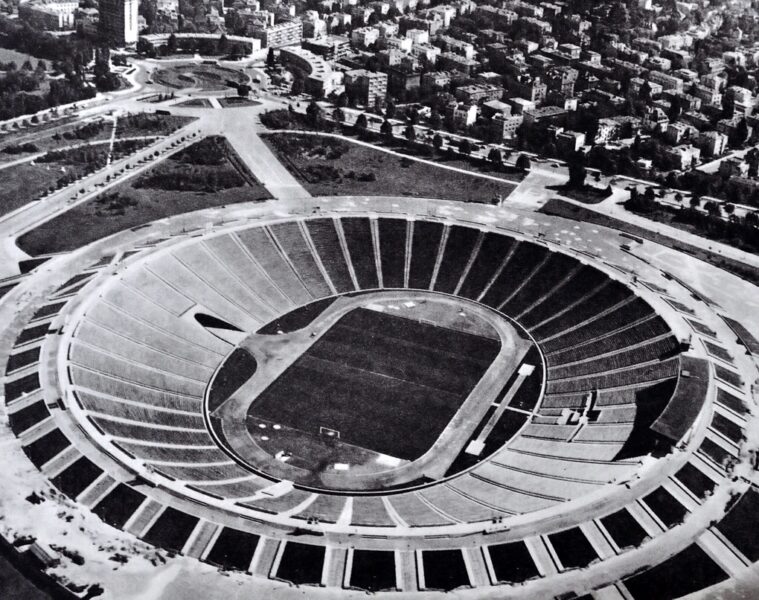The headquarters of one of the world’s most important intelligence services is unlikely to be one of the most recognisable buildings in the city. However, this rule does not apply to the SIS (MI6) headquarters in London. The heavy, ziggurat-like shopping mall from the late 1990s sprang up over the Thames in 1994. Interestingly, in the design phase, the building was intended to serve as a commercial ‘urban village’. Then the purchase of the building was approved by Margaret Thatcher. This is how the Thames River Moloch – the current headquarters of the Secret Intelligence Service – came to be.
The secret of the kingdom
The need to buy a new headquarters for the Secret Intelligence Service (SIS) was born in the 1980s. The previous office, Century House, was dubbed ‘the kingdom’s worst kept secret’. Both this building and the previous ones were very familiar to every taxi driver and tour guide. Secret headquarters had nothing to do with secrecy, and this at a time of struggle for influence during the Cold War. Hiding more headquarters was no longer possible, so a large functional building was relied upon.
In the early 1980s, the site of the former Vaxhaull Gardens park was purchased by Regalian Properties. Terry Farrell was entrusted with the task of designing an estate with residential and commercial functions. The architect was already experienced in creating urban spaces next to rivers.
In 1989, Margaret Thatcher’s government purchased the land on which Farrell’s project was being built for £130 million. Construction of the headquarters was completed late in 1994 and cost a further £152m. In the 1990s it was a very modern and attractive building. Critics liked the coherence and modernity of the design. At least that was the opinion of some journalists, because the rest called the building a nightmarish fortress straight out of fantasy books. There were also those who called the SIS headquarters ‘Ceucescu Towers’. Admittedly, the gigantic stepped building is somewhat reminiscent of the largest palace in the world in Bucharest, which I wrote about HERE.
Ziggurat? The Mayans?
The heavy, stepped form tapers upwards. According to the architect, the SIS headquarters is intended to resemble the step pyramids of various pre-Columbian civilisations. The steps form as many as 60 individual roofs. Farrell’s main inspiration, however, was modernist architecture. The numerous planes, terraced roofs and semi-circular towers are reminiscent of the classics of the 1930s. We are referring in particular to London’s power stations: Battersea Power Station (read more about the power station HERE) and Bankside Power Station. The sand-green façade can also be reminiscent of art-deco buildings.
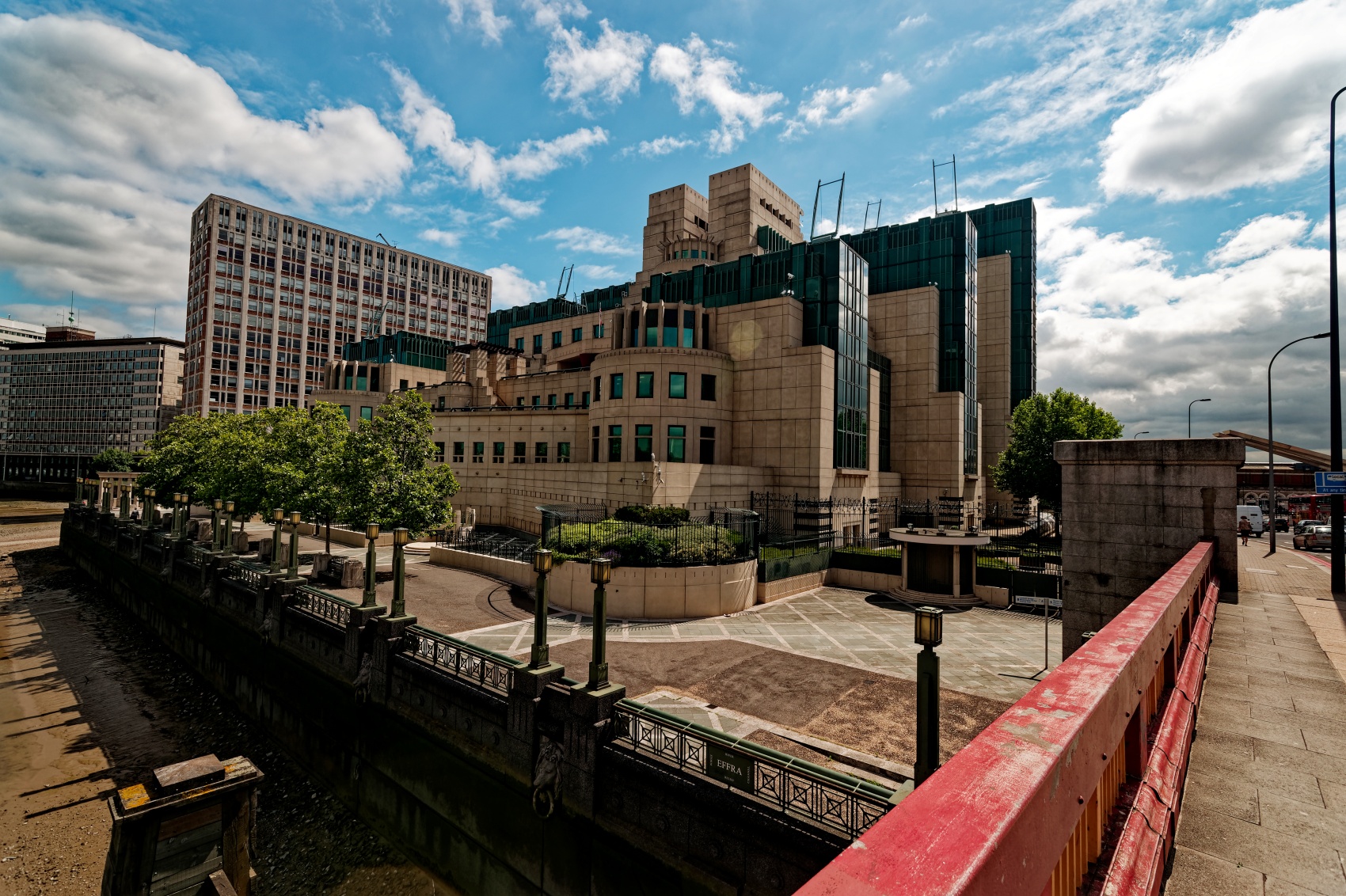
Twenty-five different types of glass were used in the construction of the SIS headquarters. The glazing is composed of three layers to provide better protection. In terms of security, the best technology can be said to be in place. Inside the fortress, eavesdropping is impossible and all the most important rooms are hidden underground. Some speculate that a tunnel runs under the Thames connecting the SIS headquarters to Whitehall Street, where many government buildings are located.
In Her Majesty’s Secret Service
Back in 2000, someone tried to test the strength of the SIS headquarters. An unknown assassin fired an RPG rocket at the building. He succeeded in slightly damaging a section on the eighth floor. The services suspect that Irish national liberation movements were behind the attack. Ten years later, two men sent a package containing a bomb to the building’s address. This time the bombers were captured.
The SIS headquarters has also ‘featured’ in several films in the James Bond series. The last time the building appeared was in the 2015 film Spectre. A 15-metre-high replica of the building’s facade was built for the scene of the headquarters being blown up in the 2012 film ‘Skyfall’.
The post-modern Thames River moloch has over time become an integral part of the Vauxhall district. The ‘fortress’ known to everyone remains one big mystery to this day. The building’s interiors are unknown and access is prohibited.
Source: Building Centre
Also read: Architecture | Postmodernism | Curiosities | London | United Kingdom | History | whiteMAD on Instagram

